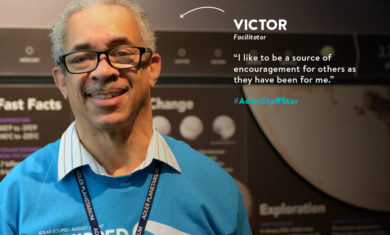The Top Three Multiverse Theories: Many Worlds, Bubble Universes, And Shadow Matter
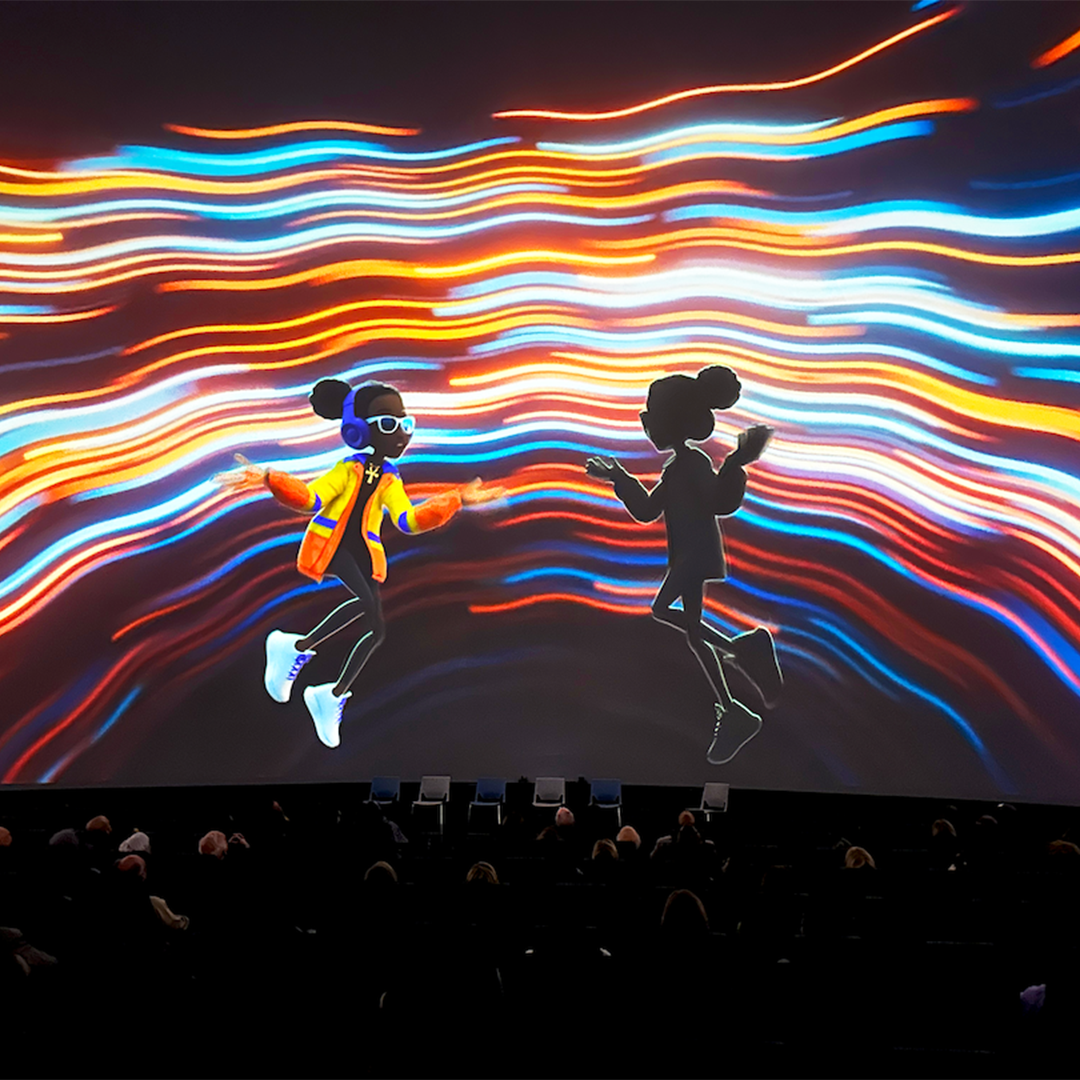
Header image: The Adler Planetarium’s fulldome sky show, Niyah and the Multiverse, which explores multiverse theories like many worlds, bubble universe, and shadow matter.
Update: This blog was originally published in 2024 and written by Geza Gyuk, the Adler Planetarium’s Senior Director of Astronomy, with an intro from Megan Lothamer. It has been updated to include relevant information for our readers.
The universe is vast, almost beyond comprehension: trillions of galaxies with billions of stars and countless planets spread out over a tapestry billions of light-years wide. It may stretch far beyond even what is visible. But if you feel small and insignificant, just wait! Even this overwhelming space may be only a tiny part of what is.
In the Adler’s new sky show, Niyah and the Multiverse, we take the viewer on a wild tour of just some of the physical theories that imply that such a multiverse might exist. These aren’t Marvel Cinematic Universe-style multiverses, so don’t expect objects and people popping in and out and between them. But they are based on honest-to-goodness real science that has real evidence backing it up. These are deep waters we are wandering into. It might get a bit confusing at times, but the trip is worth it. So let’s get right to it.
What Is Multiverse Theory?
But what is a multiverse, and does it actually exist? Or is it just the latest sci-fi trope to gain popularity in mainstream media?
Well, currently multiverse theory is… just that, a theory. Our universe may be only a fraction of a much larger multiverse, an assemblage of universes dizzying in its extent.
As it stands, the multiverse exists outside our current scientific understanding of reality. Theoretical physics suggests a multiverse is a hypothetical grouping of multiple universes. This means that our Universe could be just one tiny universe in a much larger multiverse where many, possibly even infinite universes, are contained, existing parallel to each other. These distinct universes within the multiverse theory are called parallel universes.
Continue reading to learn about three of the most popular multiverse theories featured in Niyah and the Multiverse.
Many Worlds Multiverse Theory
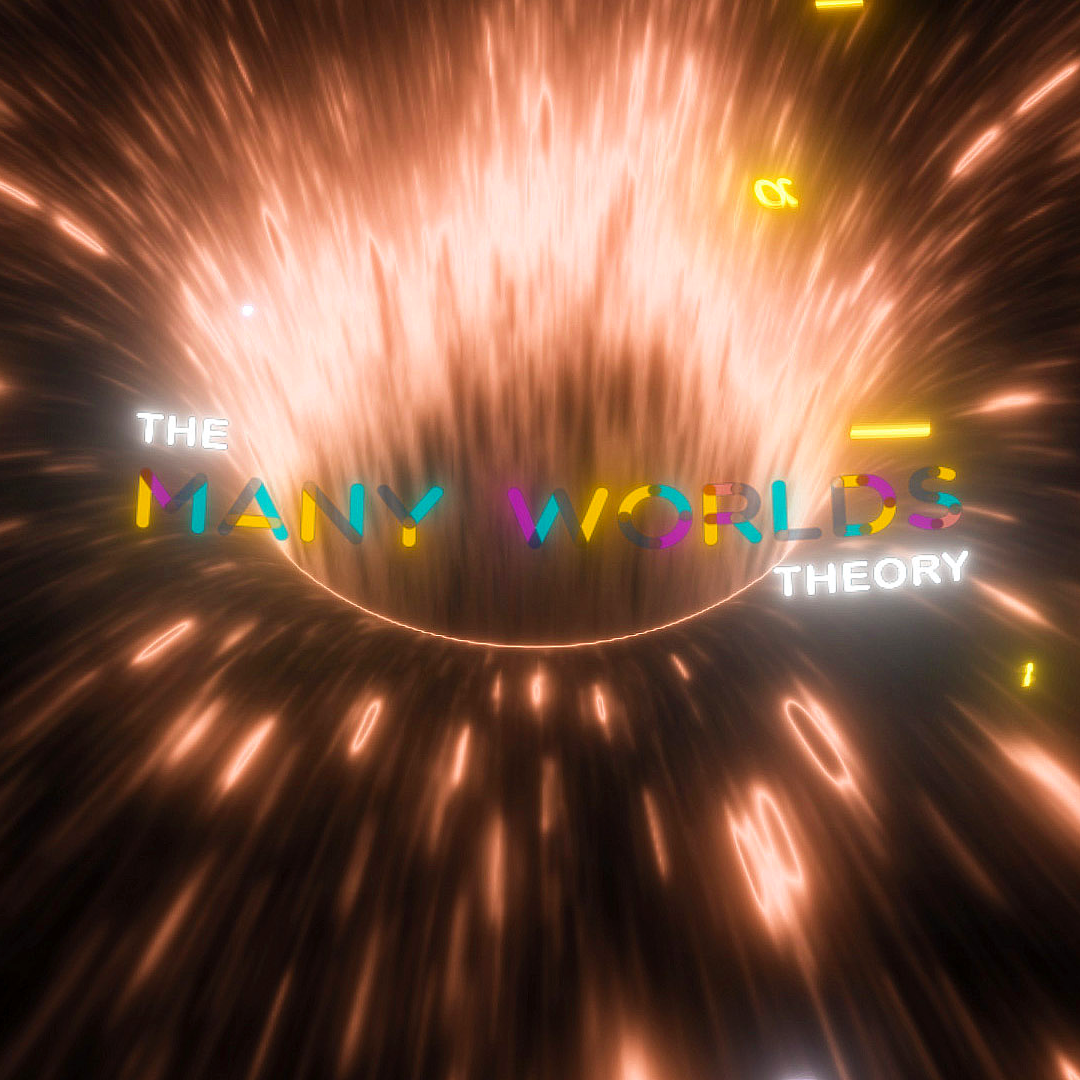
The first multiverse idea that Niyah explores is the “Many Worlds” interpretation of quantum theory.
When you are doing science, one of the most fundamental things you learn is how to go back and forth from the physical real world to the equations that describe the real world. It is basically the same thing as doing a word problem in math class. You have something happening in the real world and you have to figure out how to describe it in math and physics language. The mathematical description is called a “model.” You can use the laws of physics to predict how the mathematical “model” will change in the future, and then use the changes to the model to figure out what the real world will look like in the future. It is a powerful tool and is the basis of science.
If you do this process with the equations of quantum theory, you get something really, really puzzling. Imagine that you take an electron at a particular position, then model it in the equations and let time progress. You’d expect that the equations would tell you that the electron has moved to a particular other position. But they don’t!
Instead, the equations say that the electron could be in an infinite number of possible positions, each with a different “amplitude.” The standard interpretation of this is that the “amplitude” tells you the probability of the electron being in each location, but that it is really in only one of those locations. But this interpretation isn’t really based on any physics; it isn’t what the equations “say.” The most straightforward interpretation is that we were wrong to think of an electron as something that could ever be in any single place. One way to think of this is that there are actually many versions of reality, “many worlds,” and the “amplitude” tells us what fraction of the universes in the multiverse have the electron in that particular location.
Now quantum theory is one of the most precisely tested theories of physics. It makes predictions that are almost embarrassingly accurate and have been tested over and over again with exquisite precision. So this isn’t some wild-eyed conspiracy theory! And neither is it simply something crazy that happens in the realm of the ultra-small. The rules of physics still apply even for macroscopic objects.
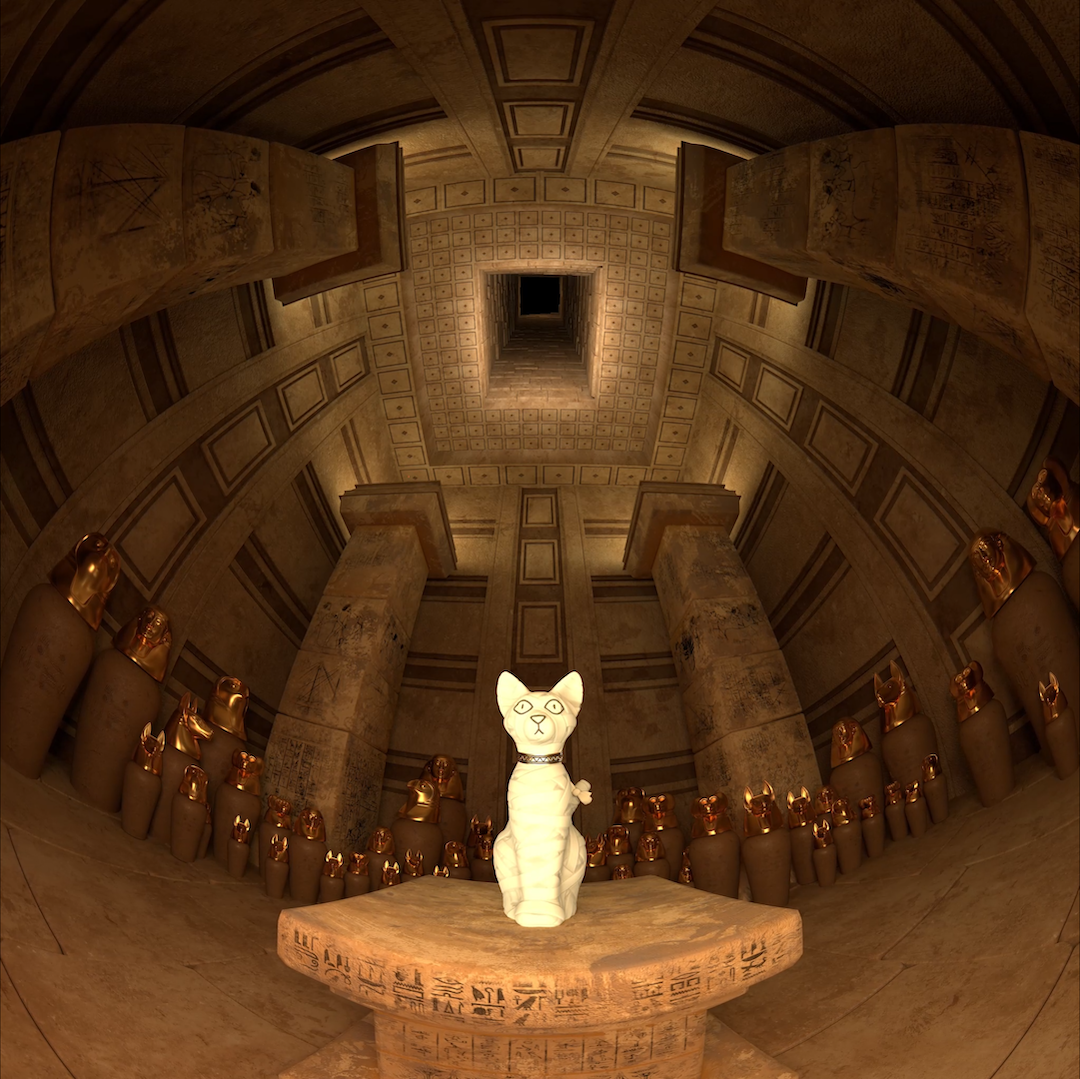
The physicist Erwin Schrödinger envisioned a thought experiment that made this very dramatically clear. Imagine, he said, a cat inside a box. The box is completely opaque. Inside the box is a device that monitors a single particle. If the particle does one thing the cat is killed, if it does another the cat is allowed to live. So the state of the cat is tied directly to the state of a single subatomic particle. If we wait and come back to the box, what can we say about the cat without looking into the box? Is it alive or dead? According to our current understanding of quantum theory, the answer is both! We have to take the Many Worlds interpretation seriously no matter how strange and hard it is to wrap our heads around.
Bubble Universes Multiverse Theory
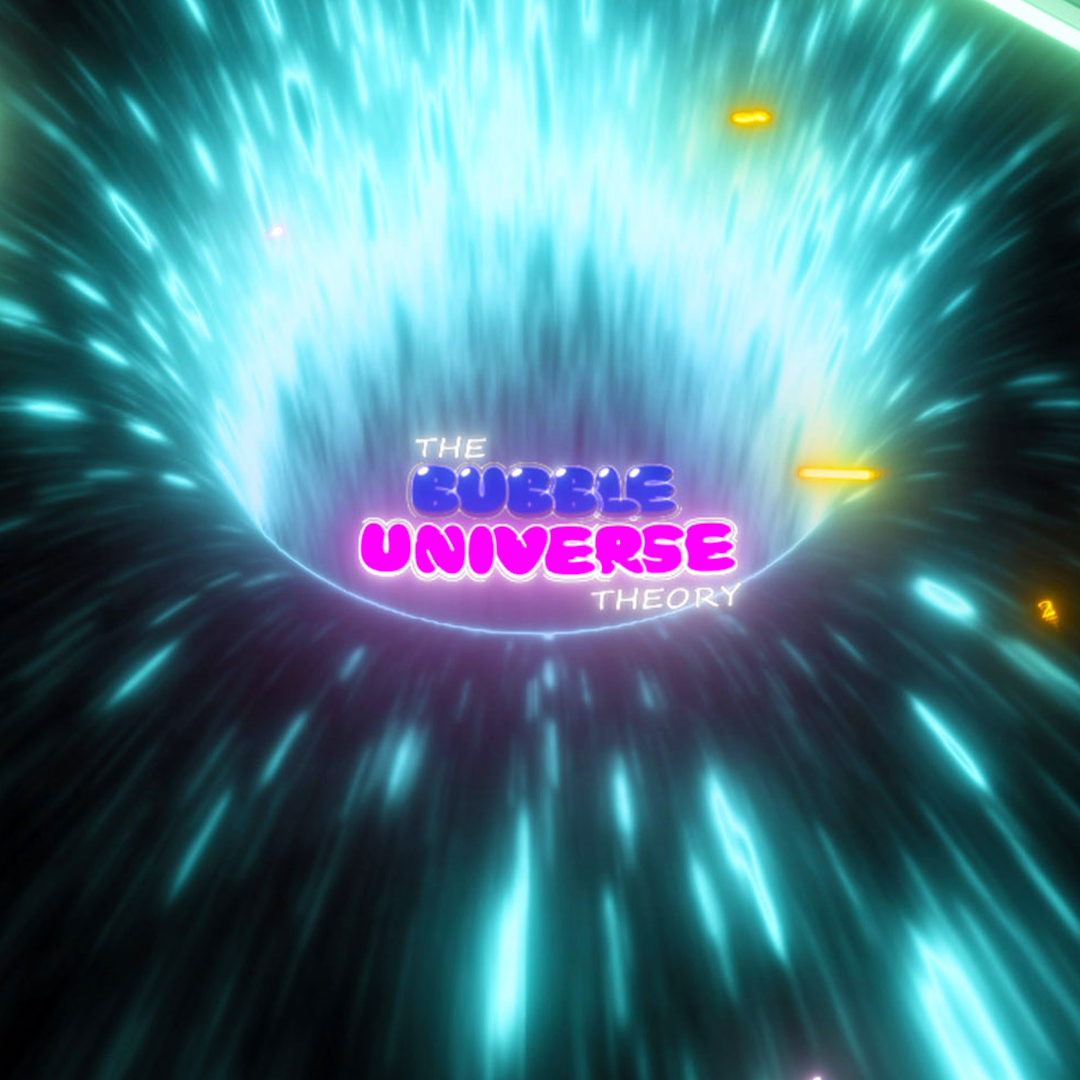
So at this point you are probably wondering if it can get any weirder. Well, hold on to your hat! The next potential multiverse theory Niyah explores is based on the physics of the very, very early universe right back during the big bang.
In the first trillionth of a trillionth of a second of its existence, the universe was expanding exceedingly quickly. Stupendously quickly. Even mind-bogglingly quickly! And it was very, very hot—exceedingly hot. Stupendously hot. Dare I say it? Mind-bogglingly hot!
It turns out that this exceedingly quick expansion rate, called “inflation,” may be the natural state of the universe. If it is, then the true state of the universe is to expand so quickly that it doubles in size many trillions of times every second. So much real-estate! It is only when the universe is able to break out of its “inflationary” stage that it can cool down to become “normal” space and expand much more slowly.
But even if 99.99 percent of the universe stops inflating and becomes “normal” space, the remaining 0.01 percent will, within a tiny fraction of a trillionth of a second, expand so much that it will be far bigger than the rest of the “normal” universe. The region of “normal” space (that was, until a tiny fraction of a trillionth of a second ago, almost the entire universe), would be reduced to a tiny bubble within a vast sea of expansion. And this process can repeat over and over again, with countless bubbles of “normal” space forming within an indescribably vast expanse of inflationary space. These bubbles are huge universes themselves, small only in comparison to everything else. According to this theory, our universe is just one of these bubbles.
And what is even more incredible, is that in the process of cooling down from the insanely hot temperatures at which inflation takes place, the universe can change its fundamental laws. Different bubble universes might have different laws of physics. In one, light might not exist as we know it. In another, the familiar particles like the electron might not exist or be subtly changed.
Even as you read this, the multiverse has increased in size by trillions of times, and countless universes with varying laws of nature have been born. How’s that for mind-boggling?
Shadow Matter Multiverse Theory
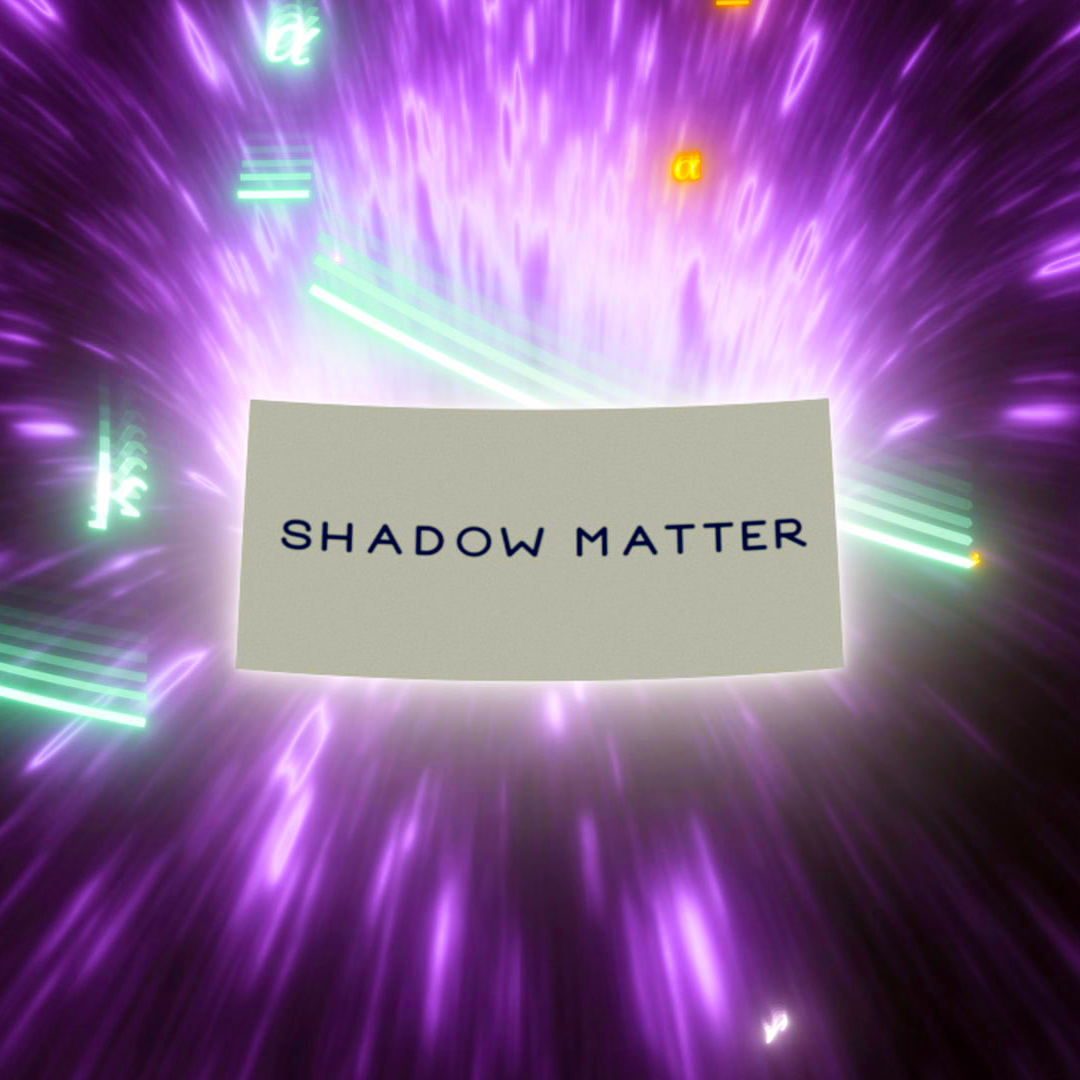
In the third chapter of Niyah’s adventures, she briefly considers the concept of shadow matter.
You may have heard of dark matter. Dark matter is the substance that provides the vast majority (more than 80 percent) of the matter in the universe. We can’t see it, and it doesn’t seem to interact with the normal matter in the universe except through gravity. But we know it is there by the way its gravity tugs around what we can see. For decades, astronomers have wondered what dark matter could be and have come up with many many theories to explain it. One theory suggests that at least some dark matter might be something called shadow or mirror matter.
So what is mirror matter? Well, perhaps you have heard of electrons, protons and neutrons. It turns out that protons and neutrons can be broken down into smaller particles called “up” and “down” quarks. Along with the (electron) neutrino, the up and down quark and the electron make up the first “generation” of normal matter. Pretty much just those four elementary particles make up everything we see in the universe.
But oddly enough, we have discovered that there are two more generations of particles! They don’t seem to have any “use,” but they exist. When the first of these were discovered, the Nobel Prize-winning physicist I.I. Rabi joked, “who ordered that?”
The second generation consists of the “charm” and “strange” quarks, the muon, and the muon neutrino. Matter made up of these particles would be called strange matter, but we don’t see any of it around in normal circumstances. The third generation includes the “top” and “bottom” quarks and the tau and tau neutrino—exotic particles that require massive particle accelerators to create.
The three generations are like copies of each other, but each a little bit different. These 12 particles, along with a few others like the photon, make up the “standard model” of particle physics.
But if there are extra copies of the first generation of particles just lying around, maybe there could be extra copies of the whole set of 12 particles? Sort of like a mirror image of the usual set! Some versions of string theory suggest exactly this. We don’t know if this is the case for sure, but it is possible! And if these extra particles exist, then they might have exactly the same properties as normal matter, just without the ability to interact with normal matter—only themselves.
Shadow and mirror matter would be a form of matter that is just like our own regular matter, except unseeable and undetectable (other than by gravity). So it could form shadow galaxies and shadow stars and maybe even shadow planets and shadow life. Anything that normal matter could do, shadow matter could also do. But the two types of matter simply wouldn’t interact with each other. We could never see it. Even if it were right in our own neighborhood.
Learn More In Niyah And The Multiverse!
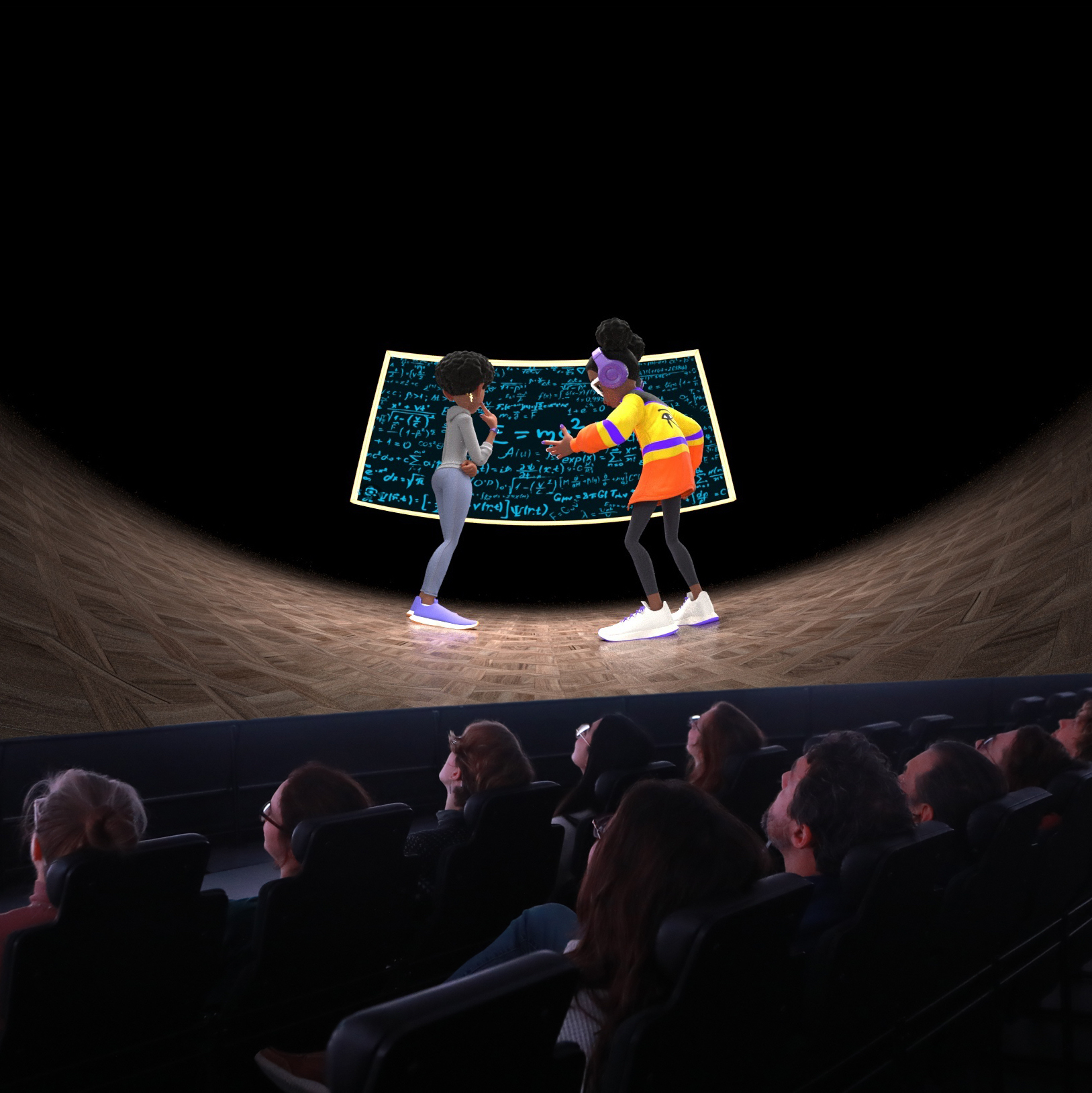
Now that we’ve emerged on the other end of multiverse theory with our minds properly boggled, come see these theories in action in our fulldome planetarium show, Niyah and the Multiverse! Explore multiverse theory with Niyah, a curious Chicago pre-teen, as her imagination guides her through the possibilities of other worlds.
You can watch Niyah and the Multiverse along with six other immersive sky shows currently playing at Chicago’s Adler Planetarium. Purchase tickets for your next space adventure and sky shows here.
So, is the multiverse real? Which theory is right? We’ll leave it up to you to decide.




